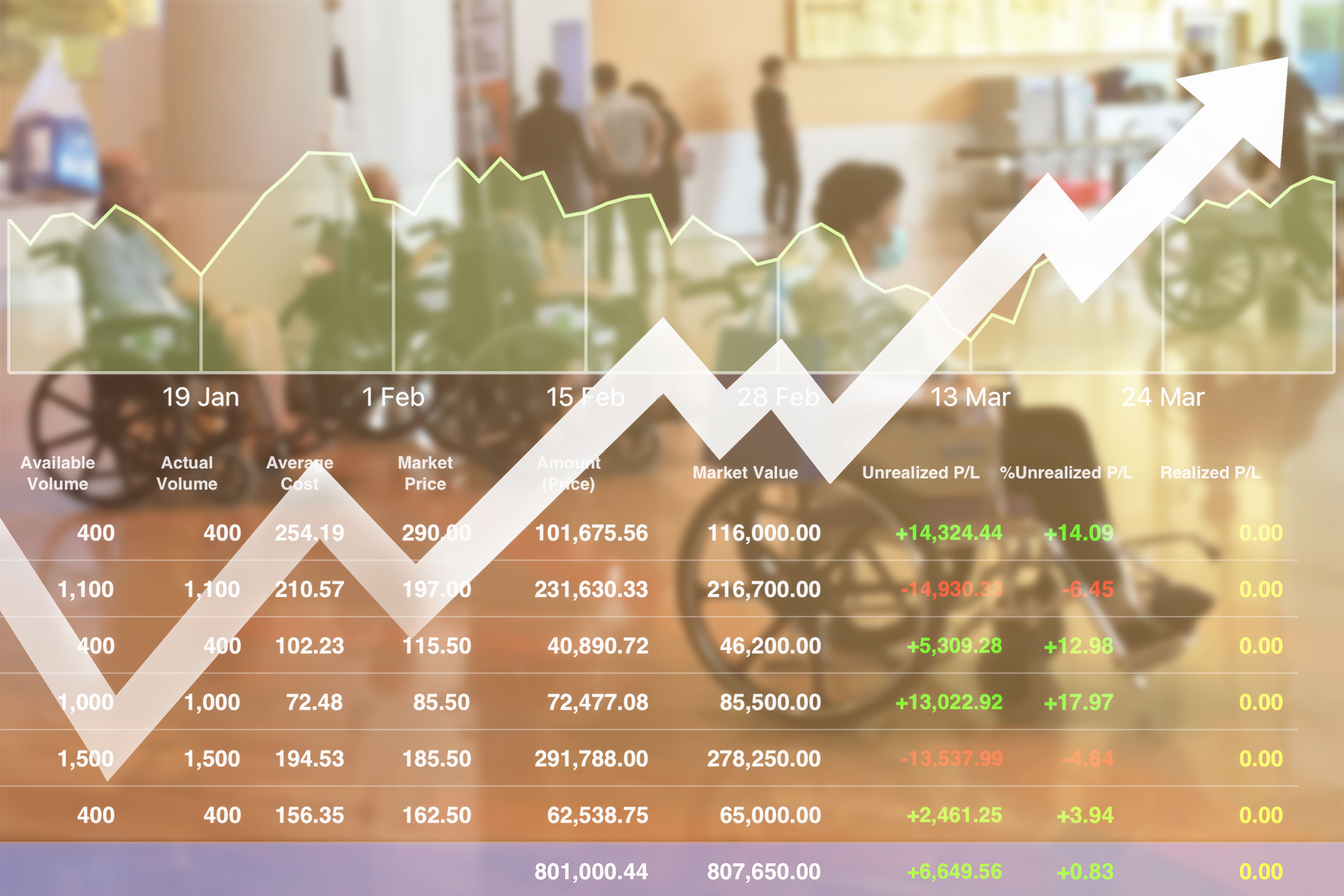Healthcare administrative spending soars by 50%: Report
The healthcare industry spent nearly $83 billion more on functions such as prior authorization requests and other functions, according to the new CAQH Index.
The healthcare industry spent $82.7 billion more on nine key administrative functions in 2022, a 50% increase over the previous year, according to the new CAQH Index.
The healthcare industry spent billions more on administrative tasks in 2022, according to the new CAQH Index. (Image credit: @ekapolsira - stock.adobe.com)

CAQH, an alliance of health plans, issued its 11th annual report Tuesday; the report evaluates the healthcare industry’s progress in automating business functions.
The healthcare industry would save $16.4 billion by automating transactions such as prior authorization, CAQH estimates. The dental industry would save $2 billion with automation, according to the report.
Staffing shortages and cybersecurity threats helped drive the spike in the costs of managing administrative tasks, and some health providers continue to rely on manual processing of key functions. Higher volume also played a role in the increased spending on administrative tasks.
The amount of time providers spent on key administrative tasks rose 14%, on average, compared to the previous year.
Providers would benefit from most of the savings by a greater shift to automating more taks, Sarah Ahmad, chief executive officer at CAQH, said in a statement.
“At a time when physician burnout is reaching crisis levels, the industry needs to work together to reduce administrative inefficiency, freeing providers to spend more time with patients and, ultimately, impacting the quality of care,” Ahmad said in a statement.
Each year, CAQH evaluates spending and the electronic handling of nine major administrative tasks providers must do routinely.
Prior authorization remains one of the functions with the lowest electronic adoption. With prior authorization, hospitals, providers and physicians need to get the approval of insurers for many treatments and procedures, and many of these requests are handled by fax or the phone. Less than a third (31%) of prior authorizations are handled fully electronically.
Health providers spent 30% more, an additional $1.3 billion, in prior authorization requests, the report states. After a decline in authorizations during the worst of the COVID-19 pandemic, the volume of authorizations rose 23%, the report stated.
Health providers routinely criticize prior authorization as an onerous process that adds to their costs and hurts patient care. Industry analysts say they are optimistic that recent federal policy to streamline prior authorization, including more automation, will bring some relief.
- Read more: Doctors, hospitals praise new prior authorization rule, but some want more help from Congress
The largest increase in administrative spending for providers came with claim status inquiries, where costs rose 71%. Spending on claim submissions rose to $19 billion, a 67% increase.
Medical spending on eligibility and benefit verification rose to $43 billion, an increase of 60 percent.
The healthcare industry is seeing progress in automating some routine transactions. Nearly all claim submissions (98%) are handled electronically, along with 94% of transactions involving eligibility and benefits verification. Nearly three-quarters (74%) of claim status inquiries are handled electronically.
While most administrative functions saw increased use of automation, there was a drop in the percentage of electronic claim payments (73%, a dip of 2 percentage points).
Nearly two-thirds of doctors (62%) have cited administrative duties as the leading contributor to burnout, according to a survey by Medscape released earlier this month.
The CAQH report suggests automating more workflows and calls on all aspects of the healthcare continuum should work together to find areas to reduce time on administrative functions. The report also calls on healthcare organizations to bolster their cybersecurity efforts to minimize the risks of costly disruptions.
Telehealth faces a looming deadline in Washington | Healthy Bottom Line podcast
February 12th 2025Once again, the clock is ticking on waivers for telemedicine and hospital-at-home programs. Kyle Zebley of the American Telemedicine Association talks about the push on Congress and the White House.